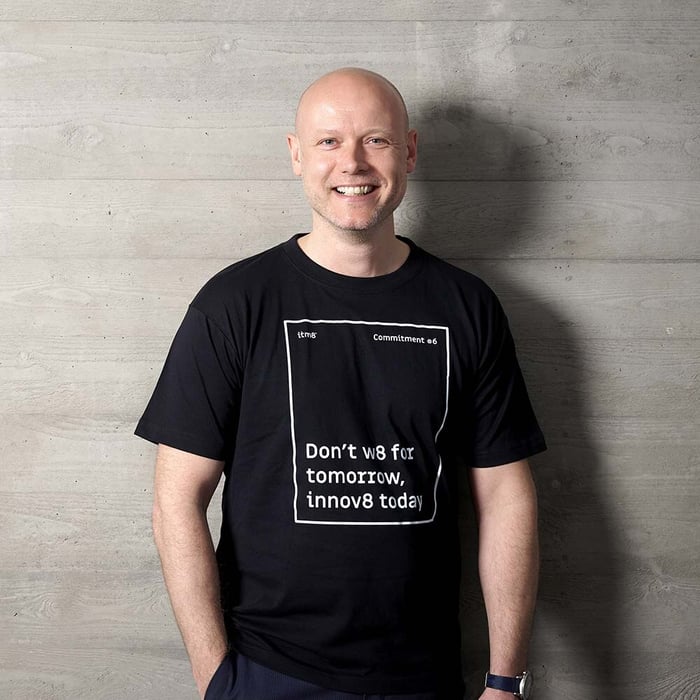Data Engineering - build a strong foundation for your data platform
Is your data scattered in different systems, requiring lots of manual labour before it can be used? Many organisations spend enormous resources cleaning, transforming and preparing data - yet the quality often falls short.
With Data Engineering in Microsoft Fabric, you get tools that make your work faster and easier. You can gather, process and structure data in one place - and create a solid foundation for analyses, reporting and AI.

Why choose Data Engineering?
When your data is clean, consistent and accessible, getting value from it becomes much easier. Data Engineering helps you create structure and flow in your data - without requiring heavy processes or large teams.
#1
Less manual labour
#2
More stable results
#3
Easy to get started
#4
Data ready for both analytics and AI

Data Engineering for small and medium-sized businesses
SMEs often struggle to connect data across systems. It can quickly feel like a task that requires an entire team of specialists. You get a tool that removes much of the complexity and allows even smaller organisations to work professionally with data engineering.
This means you can improve the quality of your data without breaking the budget - and create a foundation that can grow with your business.
How data engineering makes a difference
When data flows are automated and standardised, you free up time and resources. Errors and duplication are reduced and you get a stronger data foundation that can be used across the entire organisation.
The result is faster reporting, better decision-making and a clear path to utilising AI - without starting from scratch.

Frequently asked questions and answers
Tap on the question to get the answer.
-
What is Microsoft Fabric Data Engineering and what is it used for?
Microsoft Fabric Data Engineering is part of the Microsoft Fabric platform that makes it possible to collect, prepare and structure data for analysis, reporting and AI. It helps organisations create a solid data foundation so that decisions can be made based on valid and up-to-date data.
-
What features and tools does Microsoft Fabric Data Engineering include?
With Microsoft Fabric Data Engineering you get access to:
- Spark and Python-based notebooks for advanced data processing.
- Visual no-code and low-code tools for easy data preparation.
- Integration with the entire Microsoft Fabric ecosystem, including Power BI, Data Science and AI. This means you can build efficient data pipelines and share data across your organisation without changing platforms.
-
Can Microsoft Fabric Data Engineering handle big data and complex datasets?
Yes, Microsoft Fabric Data Engineering is designed for big data scenarios. The platform can handle large and complex data volumes with high performance, so you can work with millions of rows and real-time data without worrying about performance or scalability.
-
Do I need to know how to code to use Microsoft Fabric Data Engineering?
No, Microsoft Fabric Data Engineering is flexible. You can choose:
- No-code tools for quick and simple solutions.
- Low-code options for more flexibility.
- Code-based solutions for advanced needs. This makes the platform accessible to both business users and technical specialists.
-
How does Microsoft Fabric Data Engineering work with the rest of Microsoft Fabric?
Data Engineering is the foundation of Microsoft Fabric. Once your data is prepared here, it can be used directly in:
- Power BI for reporting and visualisation.
- Data Science and AI for advanced analyses and machine learning.
- Real-time analytics for quick decisions. Everything happens in one unified environment, saving time and reducing the risk of errors.
-
Why choose itm8 as your Microsoft Fabric partner?
Although Microsoft Fabric Data Engineering is a powerful platform, it takes experience to realise its full potential. At itm8, we help you to:
- Designing a solution that fits your business.
- Structure your data correctly from the start.
- Implement and optimise Fabric so you get value quickly and securely.